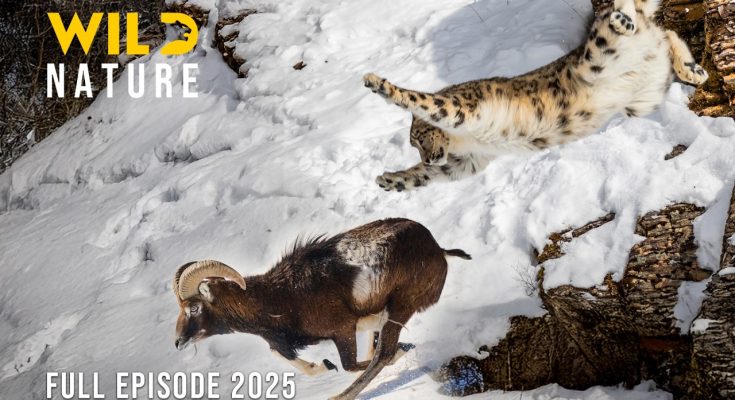The Himalayas, often referred to as the Roof of the World, are the highest and most formidable mountain range on Earth. Stretching across five countries—India, Nepal, Bhutan, China, and Pakistan—this vast expanse of ice and rock presents some of the most extreme conditions known to mankind. For centuries, both humans and animals have fought epic battles for survival in this unforgiving environment, where the air is thin, the weather is brutal, and the land itself is a constant challenge.
The Struggle Against Nature
Surviving in the Himalayas is a constant fight against nature. With peaks rising above 8,000 meters, including Mount Everest, the region is a frozen wilderness where temperatures can plunge below -40°C, and oxygen levels are dangerously low. For mountaineers attempting to conquer these peaks, altitude sickness, avalanches, and blizzards are ever-present threats. Many have perished in their quest to reach the summit, their bodies forever entombed in ice as a testament to the mountain’s unforgiving nature.
One of the most famous stories of survival is that of Beck Weathers, an American climber who was left for dead during the tragic 1996 Everest disaster. Despite severe frostbite, snow blindness, and being unconscious in freezing temperatures, he miraculously regained consciousness and managed to stumble back to camp, where he was eventually rescued. His survival defied all odds, proving that sheer willpower can sometimes triumph over the deadliest conditions.
The Battle of the Sherpas
For the indigenous Sherpa people, the Himalayas are not just a challenge—they are home. These hardy mountain dwellers have adapted over generations to live at high altitudes, developing exceptional lung capacity and strength. However, their lives are still filled with struggle. Many work as guides and porters for climbers, risking their lives to help others achieve their dreams.
One of the greatest tragedies in Himalayan climbing history occurred in 2014, when an avalanche on Mount Everest killed 16 Sherpas. This disaster highlighted the immense risks they take, often for little financial reward. Despite these dangers, Sherpas continue to climb, their bravery and resilience making them legends of the mountains.
Wildlife Fighting to Survive
Animals in the Himalayas have also adapted to the harsh conditions. The snow leopard, one of the most elusive big cats, prowls the icy slopes in search of prey, relying on its thick fur and incredible agility to navigate the rugged terrain. The Tibetan yak, vital to local communities, has evolved to withstand the extreme cold and high altitudes, providing transport, milk, and wool for the people of the mountains.
Yet, climate change and human encroachment threaten this delicate ecosystem. As glaciers melt and temperatures rise, both wildlife and people must find new ways to survive in the changing landscape of the Roof of the World.
The Eternal Struggle
Life in the Himalayas is a battle of endurance, strength, and adaptation. Whether it is climbers fighting against nature, Sherpas risking everything to guide expeditions, or animals braving the elements, the Himalayas remain a place where only the toughest survive. This epic struggle continues, as the Roof of the World challenges all who dare to tread its frozen heights.



